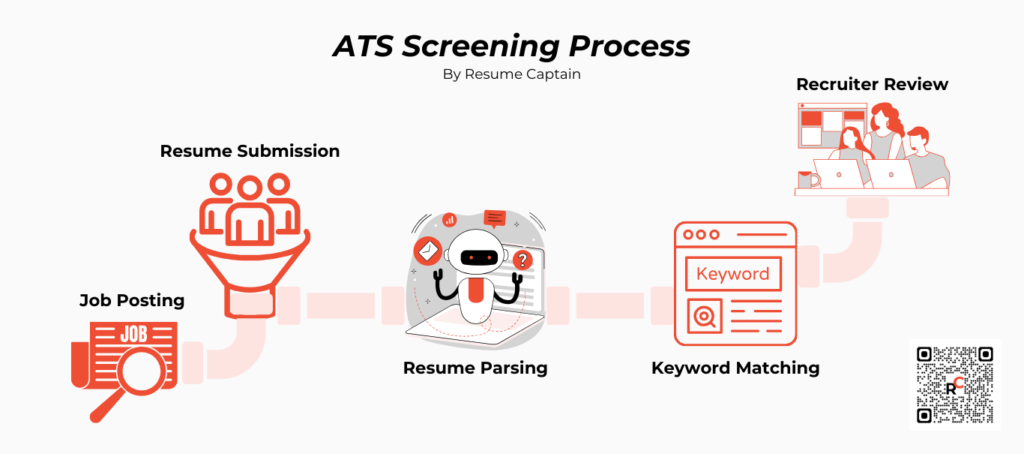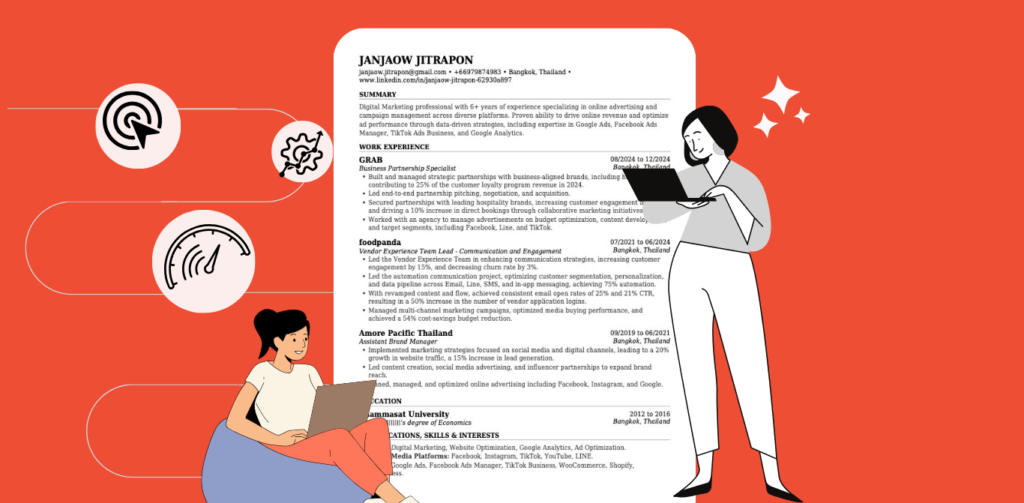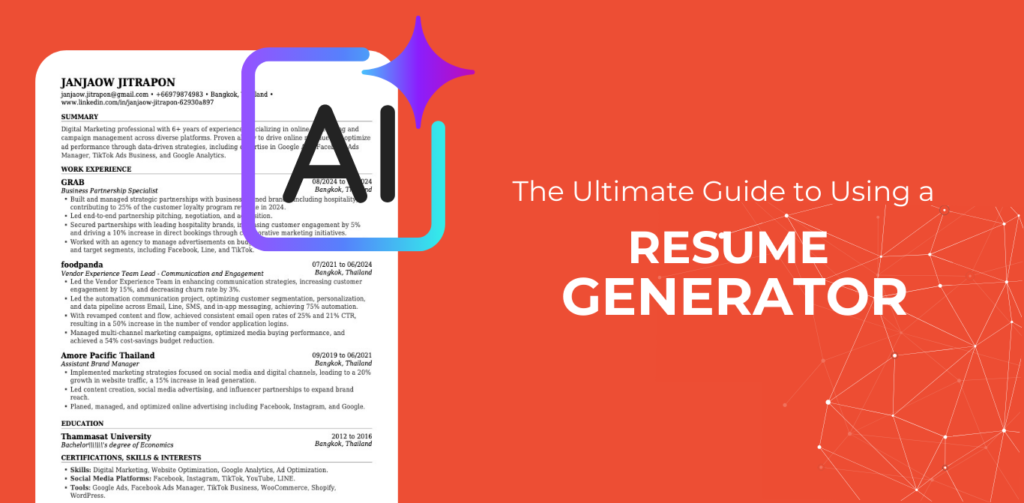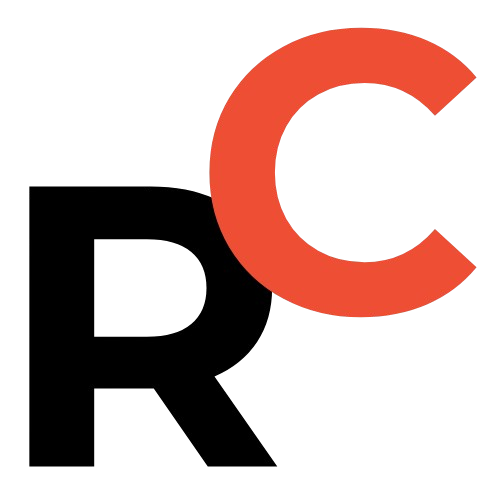
In today’s competitive job market, cracking the code to Applicant Tracking Systems (ATS) is crucial for job seekers aiming to land their dream roles. Welcome to the ultimate guide on deciphering the secret formula to ATS success. As you navigate through the digital maze of job applications, understanding how these automated systems work can make all the difference in getting your foot in the door. From optimizing your resume with the right keywords to formatting it for ATS compatibility, this comprehensive guide equips you with the tools needed to stand out in the digital crowd.
Stay ahead of the game by unlocking the strategies that will elevate your application above the rest. Get ready to master the art of navigating through the ATS labyrinth and increase your chances of securing that coveted interview. Let’s dive in and unravel the mystery behind achieving ATS success in your job hunt journey.
Understanding Applicant Tracking Systems (ATS)
What is ATS? Applicant Tracking Systems (ATS) are software applications that enable electronic handling of recruitment and hiring needs. These systems are designed to streamline the hiring process by helping employers manage large volumes of applications efficiently. ATS can filter resumes, track candidates, and facilitate communication between recruiters and applicants, ultimately serving as a crucial tool for HR departments.
Learn more about ATS technology and its impact on hiring
How ATS Works in the Recruitment Process

Job Posting: Employers define specific criteria for the position, including required skills, education, and experience.
Resume Submission: Candidates submit applications, which are uploaded into the system.
Resume Parsing: The ATS scans and extracts relevant data from resumes, such as work history, education, and skills.
Keyword Matching: The system ranks candidates based on how well their resumes match the job description.
Recruiter Review: Hiring managers review top-ranked candidates for interviews.
Why ATS is Important for Job Seekers
- Advantages of ATS for Employers
Efficiency: ATS streamlines the hiring process, reducing manual work for recruiters.
Bias Reduction: Focuses on qualifications and experience rather than personal factors.
Data-Driven Decisions: Employers make informed hiring choices based on ATS rankings.
Check out how companies use ATS for hiring
2. Challenges for Job Seekers
Resume Rejections: Poorly formatted resumes or missing keywords may result in automatic disqualification.
High Competition: Many candidates apply for the same role, making ATS optimization essential.
ATS Variability: Different companies use different ATS software, requiring flexibility in resume customization.
Discover the most popular ATS software used by companies
How to Optimize Your Resume for ATS

1. Use an ATS-Friendly Format
Stick to simple layouts (no images, tables, or columns).
Use standard fonts (Arial, Times New Roman, Calibri).
Save your resume as .docx or .pdf (unless stated otherwise).
Download ATS-friendly resume templates
2. Incorporate Relevant Keywords
Extract keywords from the job description and include them naturally.
Use synonyms and variations (e.g., “project management” vs. “project leader”).
Prioritize hard and soft skills aligned with the role.
Try Resume Captain’s Free ATS Resume Check
3. Use Standard Headings
Correct: Work Experience, Education, Skills, Certifications
Using Fancy Designs: Stick to a text-based format.
Forgetting Keywords: Mirror job description terminology.
Uploading the Wrong File Type: Always use .docx or .pdf.
Avoid: “My Journey,” “Career Story,” “Professional Highlights
Crafting an ATS-Friendly Cover Letter
Key Tips:
Keep it concise (no more than 1 page).
Use a professional structure (salutation, introduction, body, closing).
Include job-specific keywords but avoid overstuffing.
Address the hiring manager if possible.
See expert cover letter writing tips
Example Cover Letter
[Your Name]
[Your Email]
[Your Phone Number]
[Date]
[Hiring Manager’s Name]
[Company Name]
[Company Address]
Subject: Application for [Job Title] Position
Dear [Hiring Manager’s Name],
I am excited to apply for the [Job Title] position at [Company Name]. With a strong background in [relevant experience], I am confident in my ability to contribute to your team. My expertise in [key skill] and [another relevant skill] aligns well with the job requirements.
In my previous role at [Previous Company], I successfully [achievement or project], demonstrating my ability to [relevant competency]. I am particularly drawn to [Company Name] due to its commitment to [company value or mission].
I look forward to the opportunity to discuss how my skills and experiences can benefit your team. Thank you for your time and consideration.
Strategies for Keyword Optimization in Your Job Application
Keyword optimization is a critical element in ensuring that your job application stands out to both ATS and hiring managers. Start by thoroughly analyzing the job description for the position you’re applying for. Identify the essential skills, qualifications, and phrases that recur throughout the posting. Make a list of these keywords, as they will serve as the foundation for your application materials.
Once you have your list, incorporate these keywords strategically into your resume and cover letter. Use them in your professional summary, experience section, and skills section, ensuring that they appear naturally within the context of your application. However, avoid overloading your documents with keywords, as this can lead to a negative impression. Instead, aim for a balance where the keywords enhance your narrative without compromising the flow and readability of your writing.
In addition to job descriptions, consider researching industry-specific terms that may not be explicitly mentioned in the job posting. Utilizing these terms can further demonstrate your understanding of the field and your alignment with the company’s culture. By employing effective keyword optimization strategies, job seekers can significantly improve their chances of being recognized by the system and advancing through the recruitment process.
Navigating the ATS Screening Process
Navigating the ATS screening process can be daunting for job seekers, but understanding how to effectively approach it can make a significant difference. One of the first steps is to ensure that your application materials are tailored for each job you apply to. Generic resumes and cover letters are less likely to pass the ATS filter, as they may not contain the specific keywords and phrases that the system is programmed to identify. Take the time to customize your documents for every position, reflecting the unique requirements of each job description.
Another crucial aspect of navigating the ATS screening process is to monitor the length and content of your resume. Most ATS systems prefer resumes that are concise and easy to read, typically around one to two pages in length. Focus on relevant experiences and accomplishments that align with the job requirements, and avoid including unnecessary information that could dilute the impact of your application. This approach not only appeals to the system but also to hiring managers who appreciate brevity and clarity.
Finally, consider utilizing online tools that can help you gauge how ATS-friendly your resume is. Many websites offer resume scanning services that can analyze your document and provide feedback on its compatibility with the system. By taking advantage of these resources, you can make informed adjustments to your application materials, further enhancing your chances of success in the screening process.
Common ATS Mistakes to Avoid
Using Fancy Designs: Stick to a text-based format.
Forgetting Keywords: Mirror job description terminology.
Uploading the Wrong File Type: Always use .docx or .pdf.




